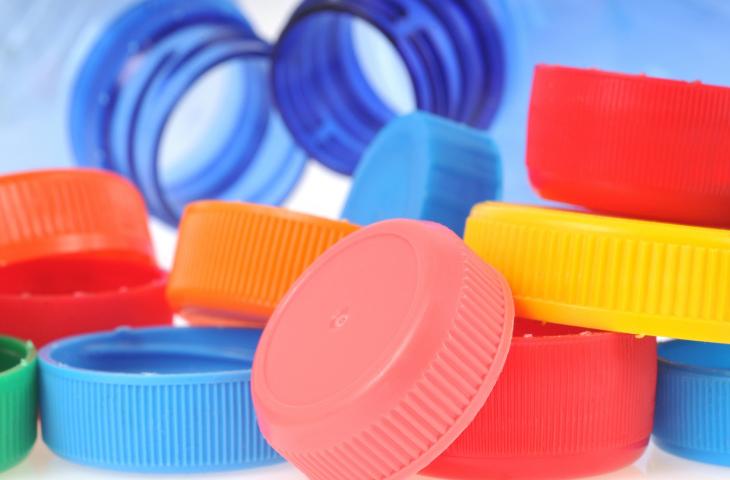MILAN – It happened three years ago in America. The Association of Plastic Recyclers claimed that it was better to keep the PP and PE caps screwed on the PET plastic containers to be recycled. A statement that went against all other indications previously given by the spokespersons of the sector, since separating the cap from the bottle seemed to be the appropriate thing for a good citizen to do in support of the cause. But in fact this passage seems dictated by the inability of current technologies to process PET bottles and polyethylene caps.
In the words of APR Director, Steve Alexander
"I would dare say that of all the things APR has done in the past 25 or 30 years – APR’s executive director Steve Alexander told us – also the issue of the bottle caps has generated feedback from the market. Three years ago APR began to promote this message called Caps On”. A statement by the association that aimed to progressively promote the change of direction championed by the businesses of the sector: “We are aware that this message has represented an epochal change for a lot of people. All previous recycling programs had always indicated to the public to separate bottles from their caps”. Collection as a lucrative business for firms, according to Kara Pochiro, APR director of communications: “Recycling plastic containers together with their caps – says Pochiro – can be a lucrative business for recyclers of PET. PP and PE which can be separated in the recycling process, in which the bottles and the caps are ground and transformed into flakes, prior to using a floating tank to separate the various resins. PET in fact, sinks in water, whereas both the PP and the PE remains afloat. The material recovered from the caps is recyclable and marketable”.
Recycling plants
Keeping the caps on bottles helps the material recovery facilities (MRF) to successfully separate the different types of waste. This is because the cap helps to maintain the shape of the bottle during processing, allowing the machines to recognise the type of container. Flattened bottles in fact may be mistaken for other materials such as paper or cardboard and separated incorrectly. Every year various surveys are carried out in America to understand to what extent the message has been acknowledged by the population and recent data has confirmed the validity of the indications launched by APR.
by editorial staff











